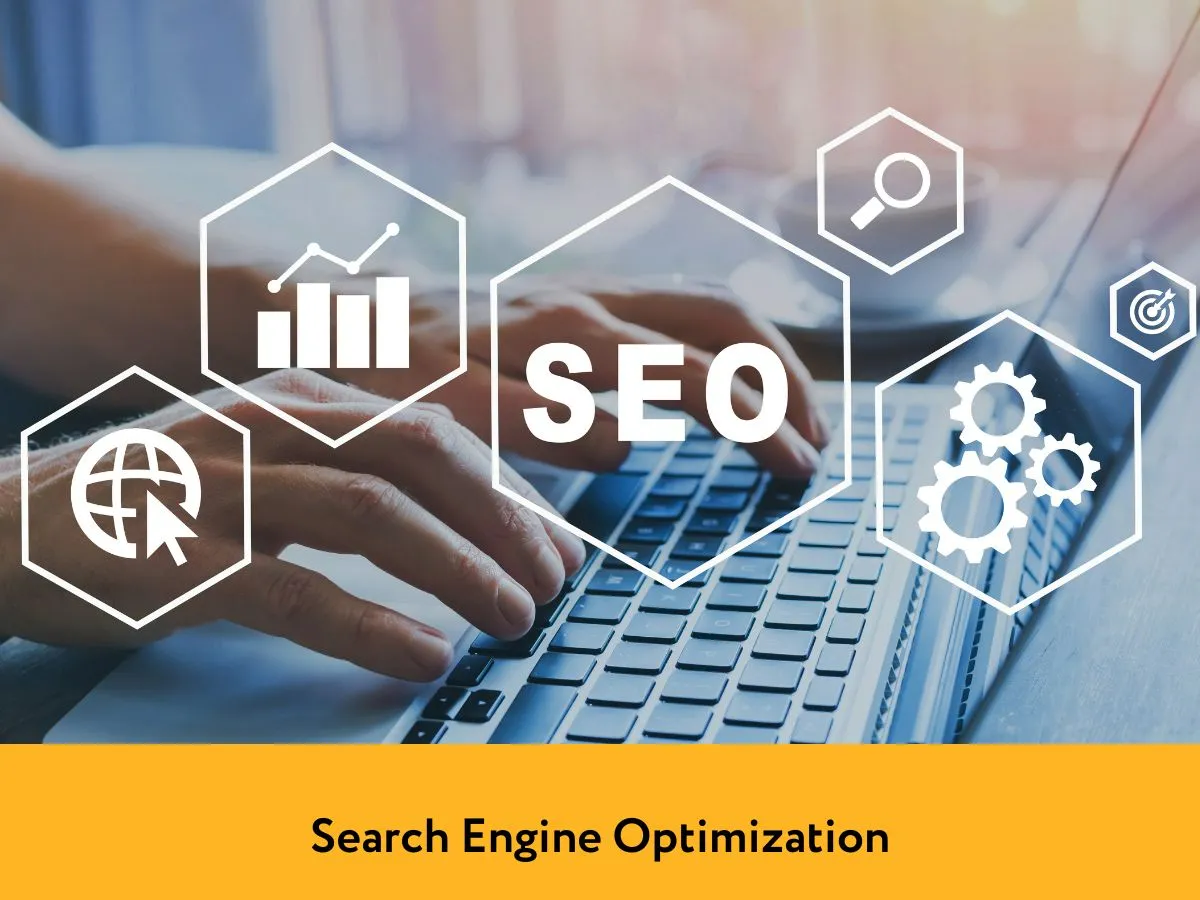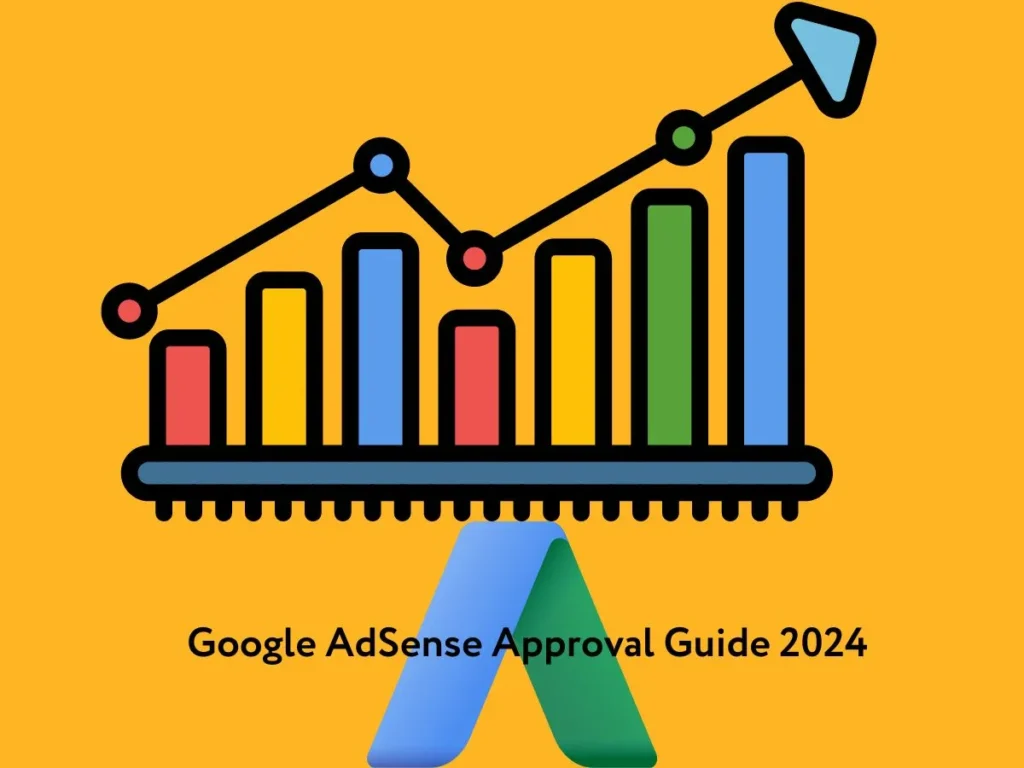How to Boost Traffic on Your Website: Ultimate Guide for 2024
Table of Contents
ToggleStrategies to Boost Traffic on Website in 2024
Discover the ultimate guide for 2024 on how to boost traffic to your website. Learn cutting-edge SEO techniques, social media strategies, email marketing tips, influencer collaborations, and more to drive targeted traffic and grow your online presence.
In the rapidly evolving digital landscape, driving traffic to your website is paramount to the success of any online business. As we move into 2024, it’s essential to stay ahead of the curve and implement strategies that not only attract visitors but also convert them into loyal customers. In this comprehensive guide, we will explore cutting-edge techniques and proven methods to boost traffic to your website.
Mastering SEO Fundamentals to Boost Traffic on Website
Keyword Research
Effective keyword research is the cornerstone of any successful SEO strategy. Use advanced tools like SEMrush, Ahrefs, and Google Keyword Planner to identify high-volume, low-competition keywords relevant to your niche. Incorporate these keywords naturally into your content, meta descriptions, and headings.
On-Page SEO Optimization
On-page SEO involves optimizing individual web pages to rank higher and earn more relevant traffic. Focus on:
Title Tags and Meta Descriptions: Craft compelling titles and descriptions that include your target keywords.
Header Tags: Use H1, H2, and H3 tags to structure your content and highlight important sections.
Image Alt Text: Describe images with keywords to improve search visibility.
Quality Content Creation
Create high-quality, engaging content that provides value to your audience. Focus on:
In-Depth Articles: Write comprehensive guides and how-to articles that answer common questions and solve problems.
Multimedia Content: Incorporate videos, infographics, and images to make your content more engaging.
Regular Updates: Keep your content fresh and up-to-date to maintain relevance and authority.
Leveraging Social Media Platforms
Choosing the Right Platforms
Identify which social media platforms your target audience frequents. Whether it’s Facebook, Instagram, LinkedIn, or Twitter, focus your efforts where you are most likely to reach potential visitors.
Creating Shareable Content
Produce content that is not only valuable but also highly shareable. Use eye-catching headlines, striking visuals, and compelling calls to action. Encourage social sharing by integrating share buttons on your website.
Engaging with Your Audience
Engage with your audience regularly by responding to comments, messages, and mentions. Host Q&A sessions, live videos, and interactive polls to foster a sense of community and increase engagement.
Harnessing the Power of Email Marketing
Building a Strong Email List
Build a robust email list by offering incentives such as free eBooks, exclusive discounts, or access to premium content. Use sign-up forms and pop-ups strategically placed on your website to capture emails.
Crafting Compelling Email Campaigns
Develop email campaigns that offer value and resonate with your subscribers. Focus on:
Personalization: Address subscribers by their names and tailor content based on their preferences.
Segmentation: Segment your email list based on demographics, behavior, and past interactions for more targeted campaigns.
Automation: Use automated email sequences to nurture leads and guide them through the sales funnel.
Utilizing Influencer Marketing
Identifying Relevant Influencers
Identify influencers in your niche who have a significant following and can authentically promote your brand. Use platforms like BuzzSumo and Influencity to find the right influencers.
Collaborating Effectively
Collaborate with influencers to create content that aligns with your brand values and resonates with their audience. Consider product reviews, sponsored posts, and joint giveaways to boost your reach and credibility.
Implementing Paid Advertising
Google Ads and PPC Campaigns
Invest in Google Ads and pay-per-click (PPC) campaigns to drive targeted traffic to your website. Use keyword research to bid on high-converting keywords and create compelling ad copy to attract clicks.
Social Media Advertising
Run paid ads on social media platforms to increase your visibility. Use detailed targeting options to reach your ideal audience and experiment with different ad formats, such as carousel ads, video ads, and sponsored posts.
Optimizing for Mobile Users
Mobile-Friendly Design
Ensure your website is mobile-friendly by using responsive design. Optimize loading times, simplify navigation, and use mobile-friendly formats for images and videos.
Accelerated Mobile Pages (AMP)
Implement Accelerated Mobile Pages (AMP) to enhance the loading speed of your website on mobile devices. Faster loading times lead to lower bounce rates and higher engagement.
Enhancing User Experience (UX)
Intuitive Navigation
Design an intuitive navigation system that allows users to find information quickly and easily. Use clear menus, internal links, and a search bar to enhance user experience.
High-Quality Visuals
Use high-quality images and videos to create a visually appealing website. Ensure all media is optimized for fast loading without compromising quality.
Clear Calls to Action
Incorporate clear and compelling calls to action (CTAs) throughout your website. Guide visitors towards desired actions, such as signing up for a newsletter, downloading a resource, or making a purchase.
Analyzing and Improving Performance
Using Analytics Tools
Regularly monitor your website’s performance using analytics tools like Google Analytics, Hotjar, and SEMrush. Track metrics such as traffic sources, user behavior, and conversion rates to identify areas for improvement.
Conducting A/B Testing
Perform A/B testing on various elements of your website, such as headlines, CTAs, and landing pages. Analyze the results to determine which variations perform best and implement the most effective ones.
Gathering User Feedback
Collect feedback from your visitors to understand their needs and preferences. Use surveys, feedback forms, and direct interactions to gather insights and make informed decisions.
Utilizing Local SEO to Boost Traffic on the Website
Optimizing for Local Searches
Optimize your website for local searches by including location-specific keywords. Create and optimize your Google My Business profile, and encourage satisfied customers to leave positive reviews.
Local Content Marketing
Create content tailored to your local audience. Write blog posts about local events, news, and activities. Collaborate with local businesses and influencers to strengthen your local presence.
Conclusion
To boost traffic to your website requires a multi-faceted approach that combines SEO best practices, social media engagement, email marketing, influencer collaborations, paid advertising, mobile optimization, user experience enhancements, performance analysis, and local SEO. By implementing these strategies diligently, you can significantly increase your website’s visibility, attract more visitors, and ultimately achieve your business goals.



